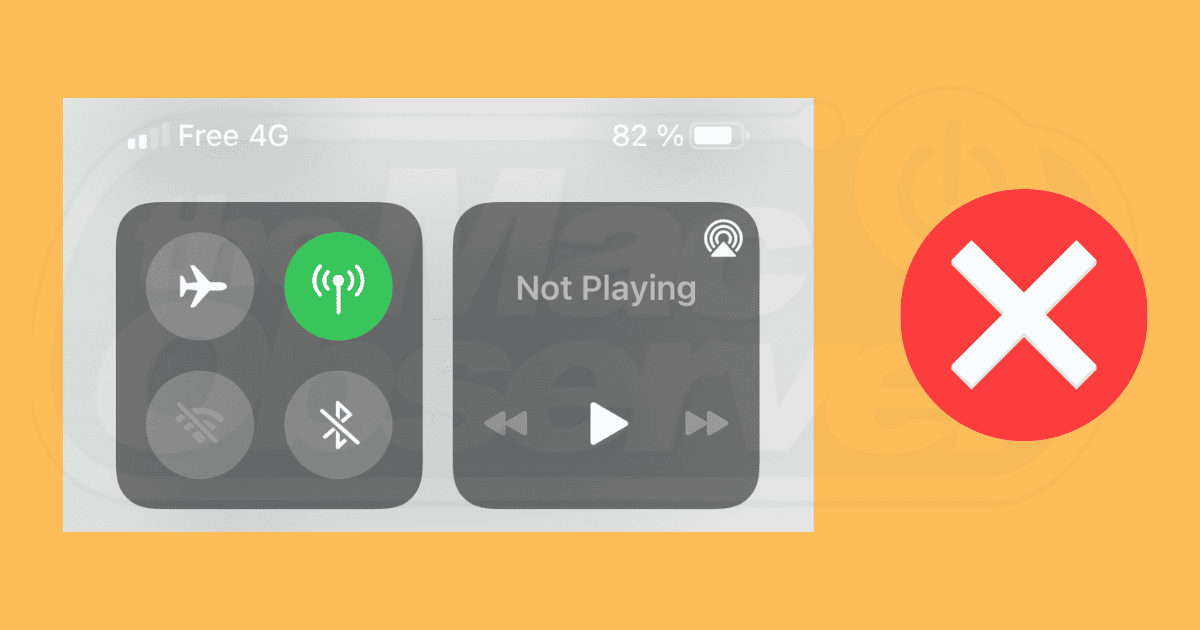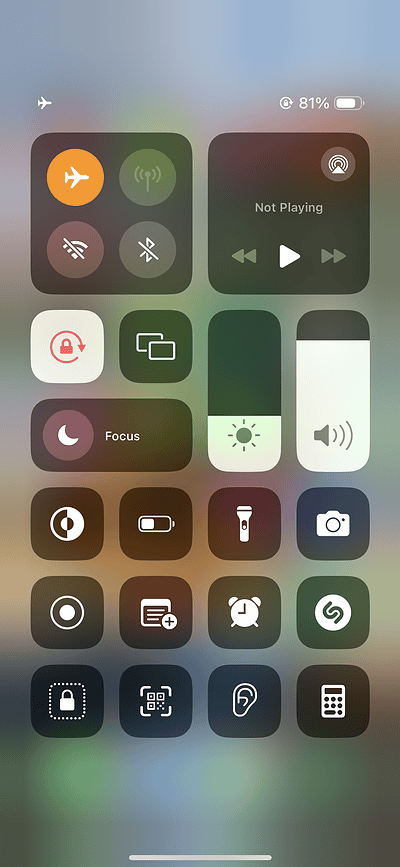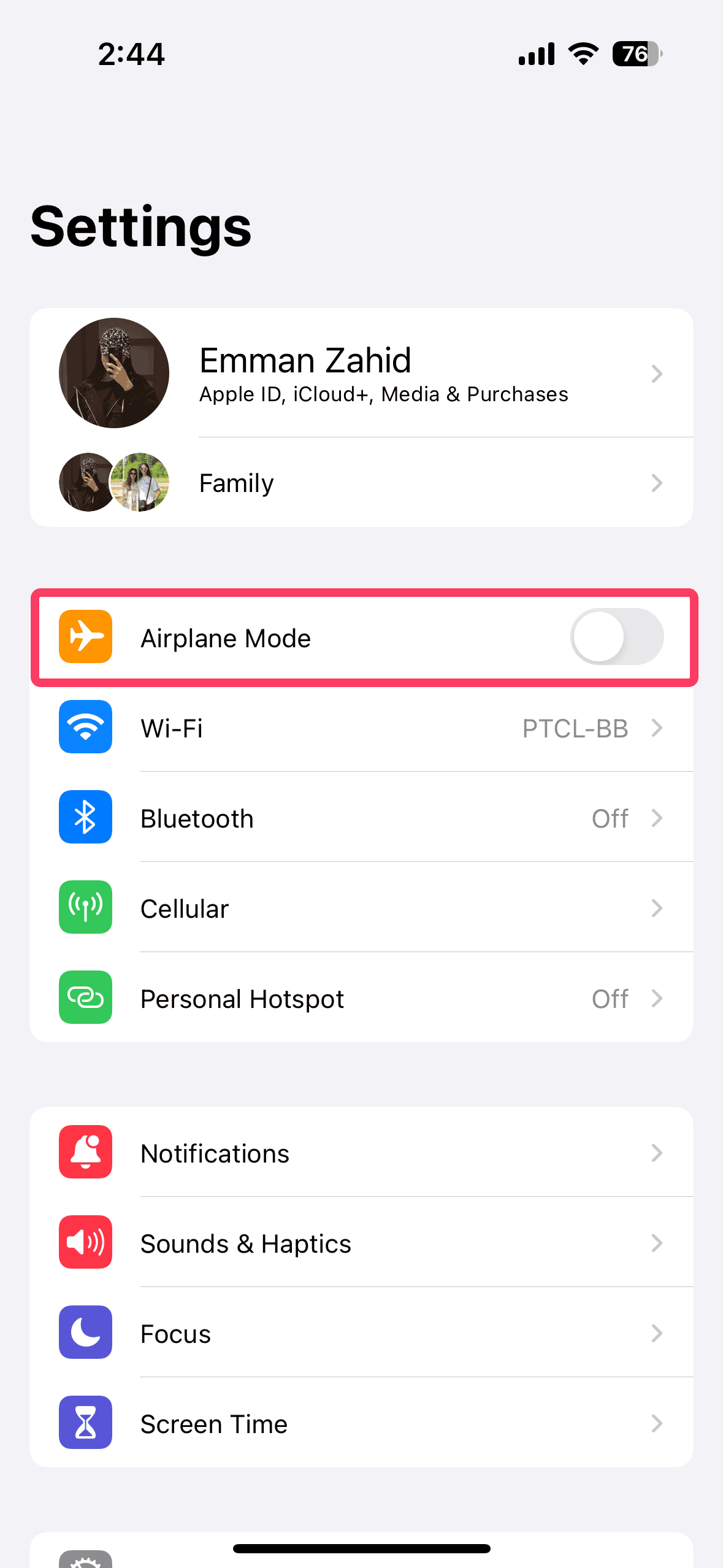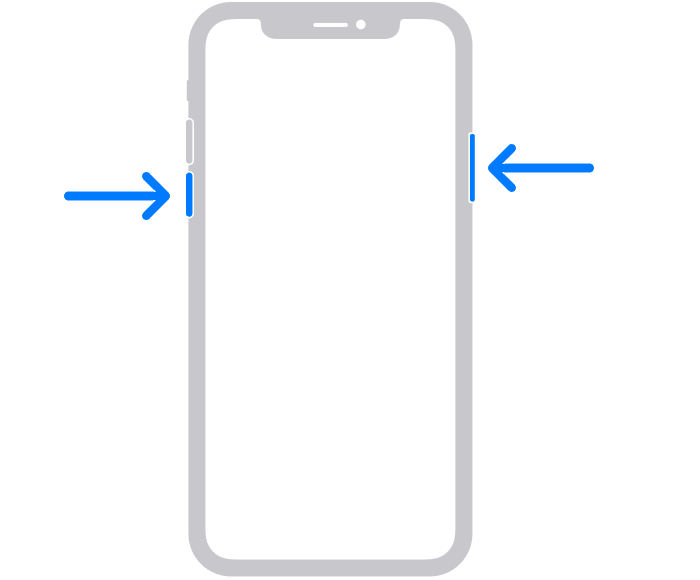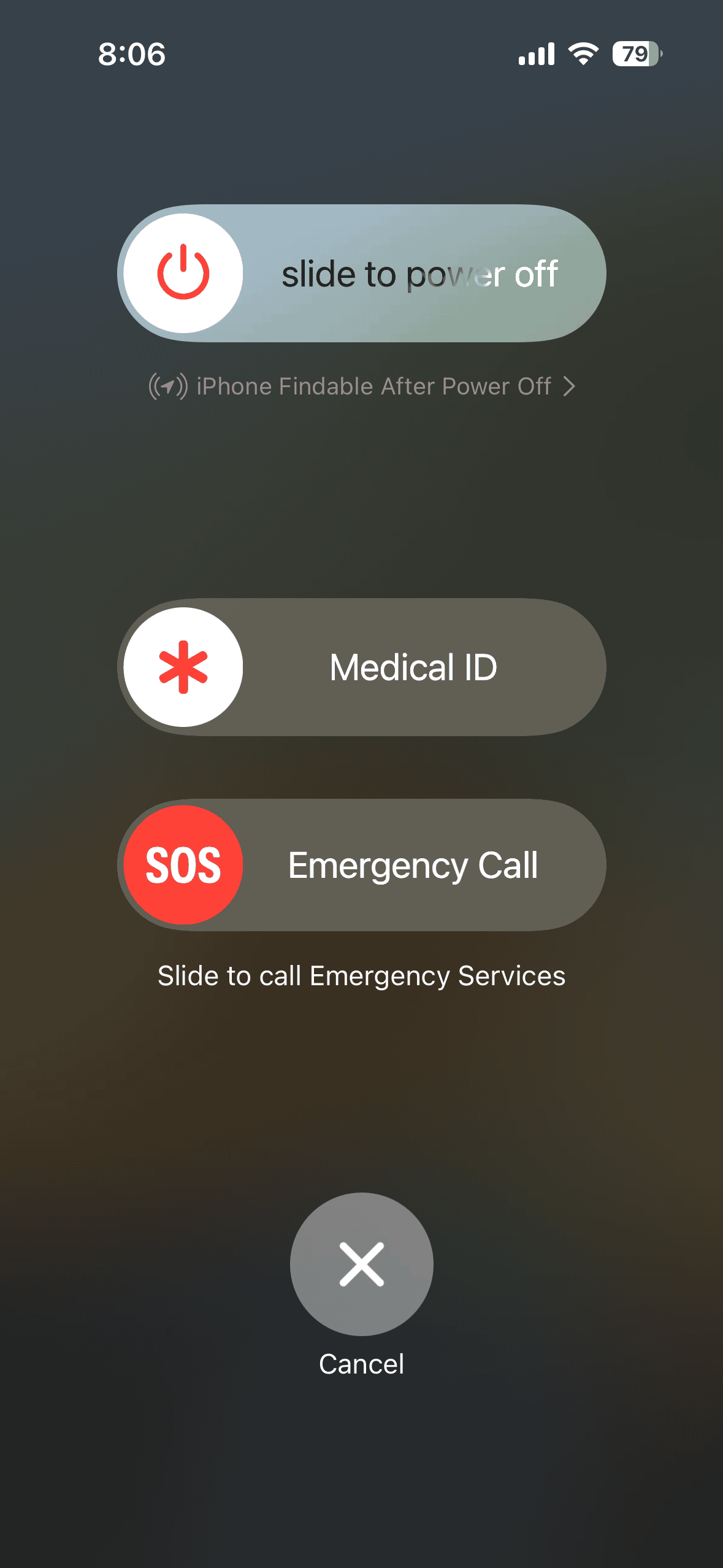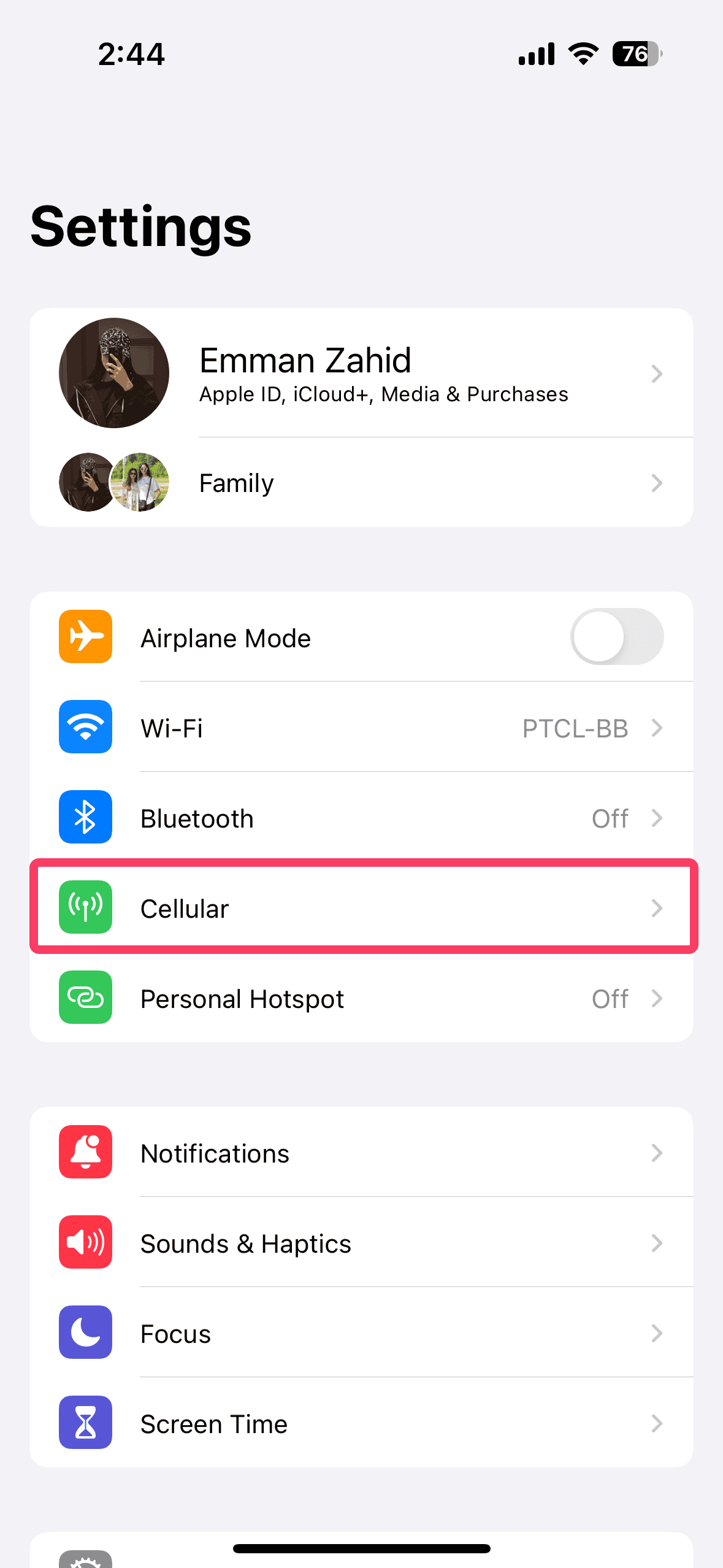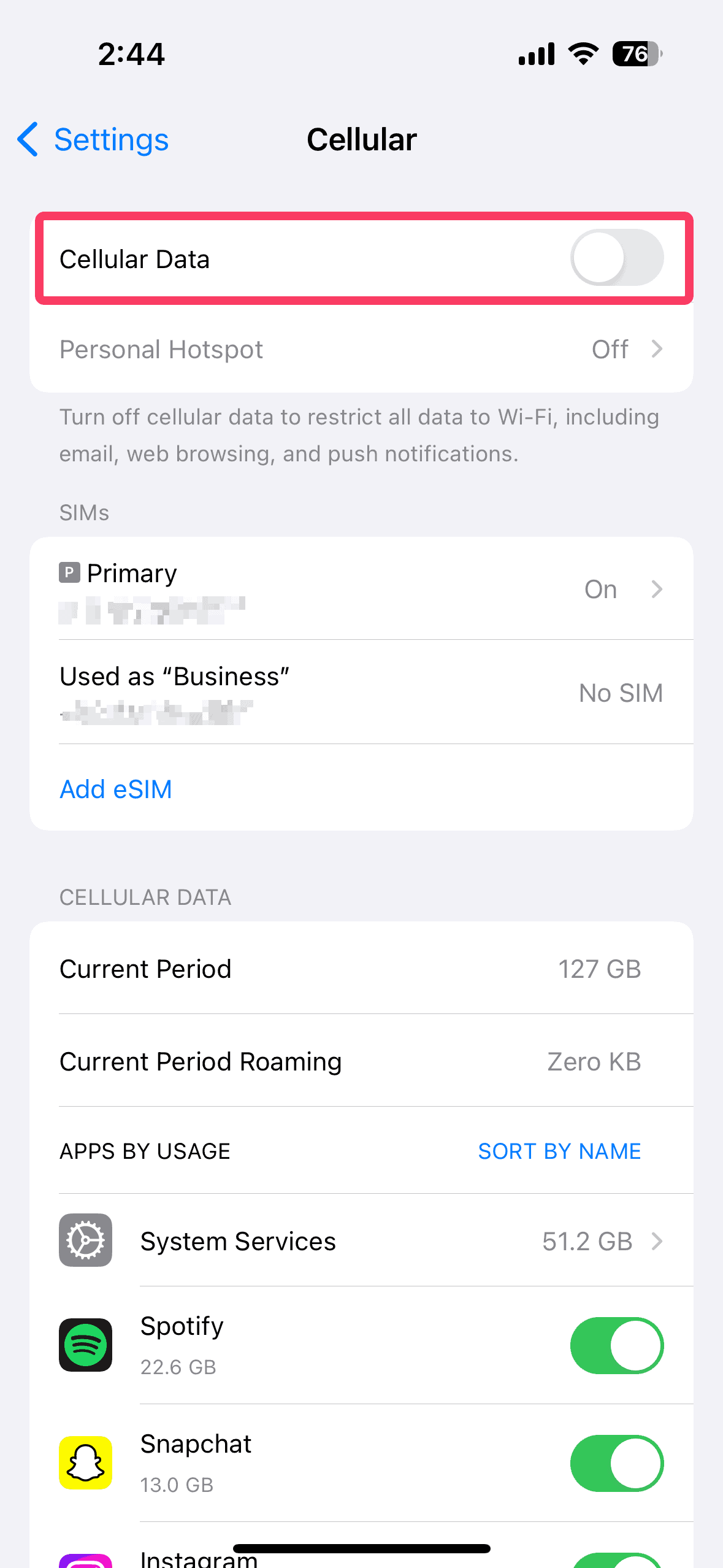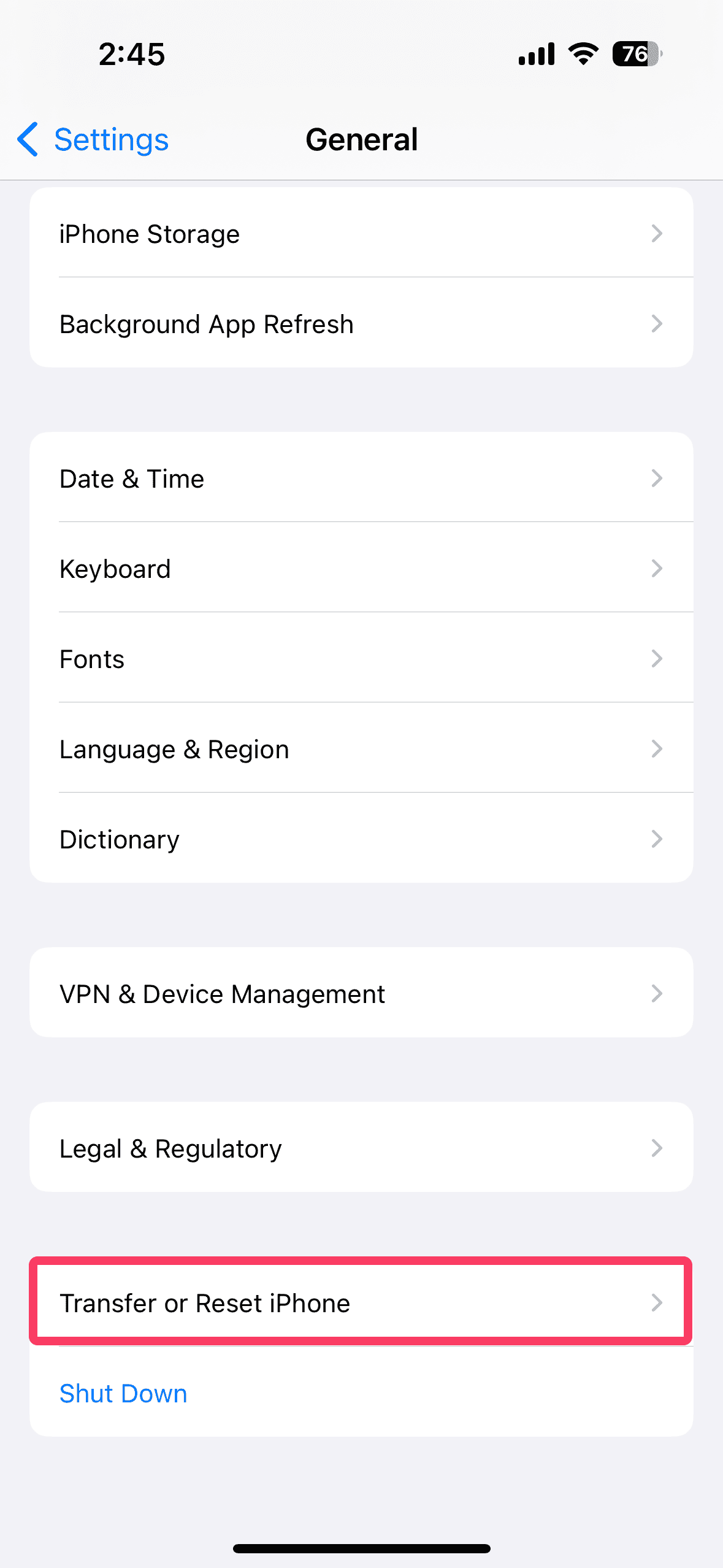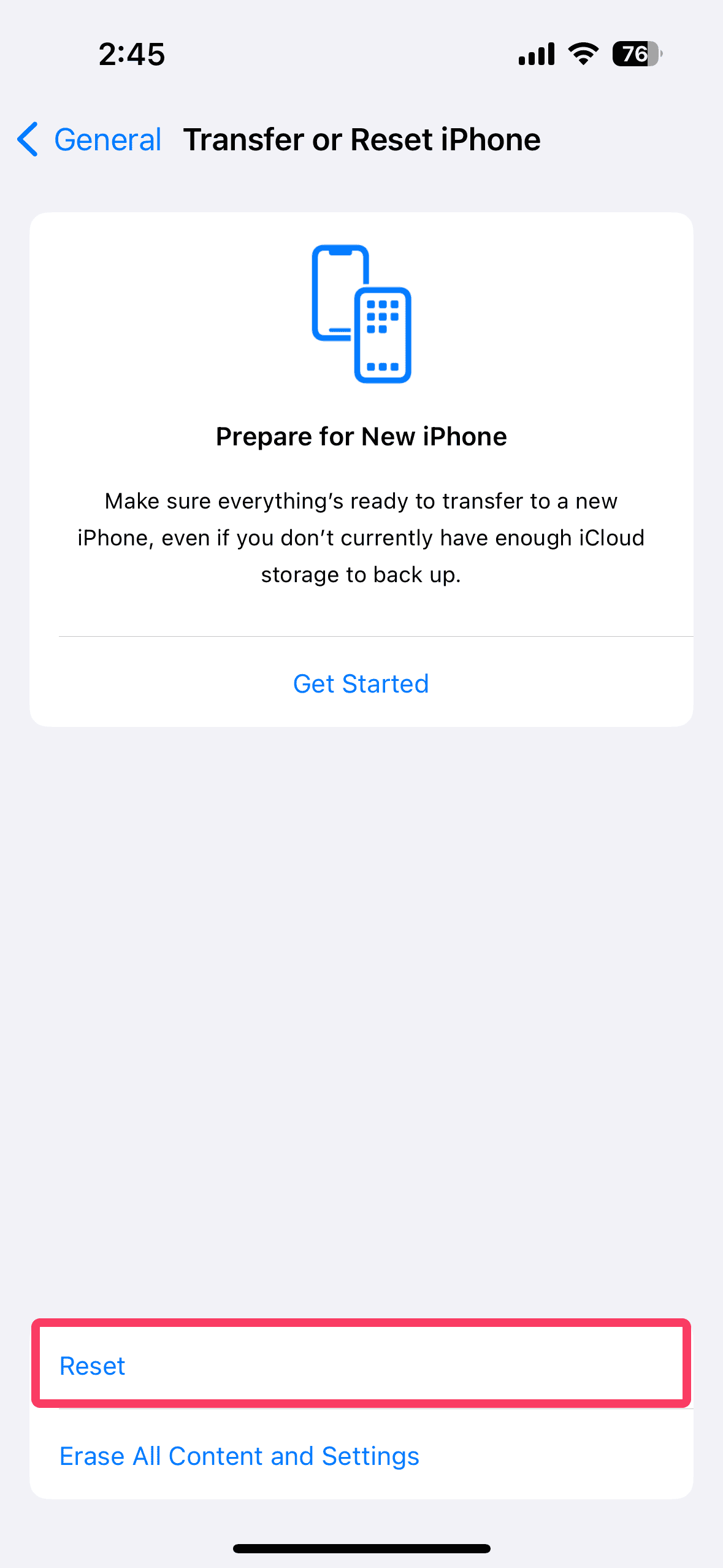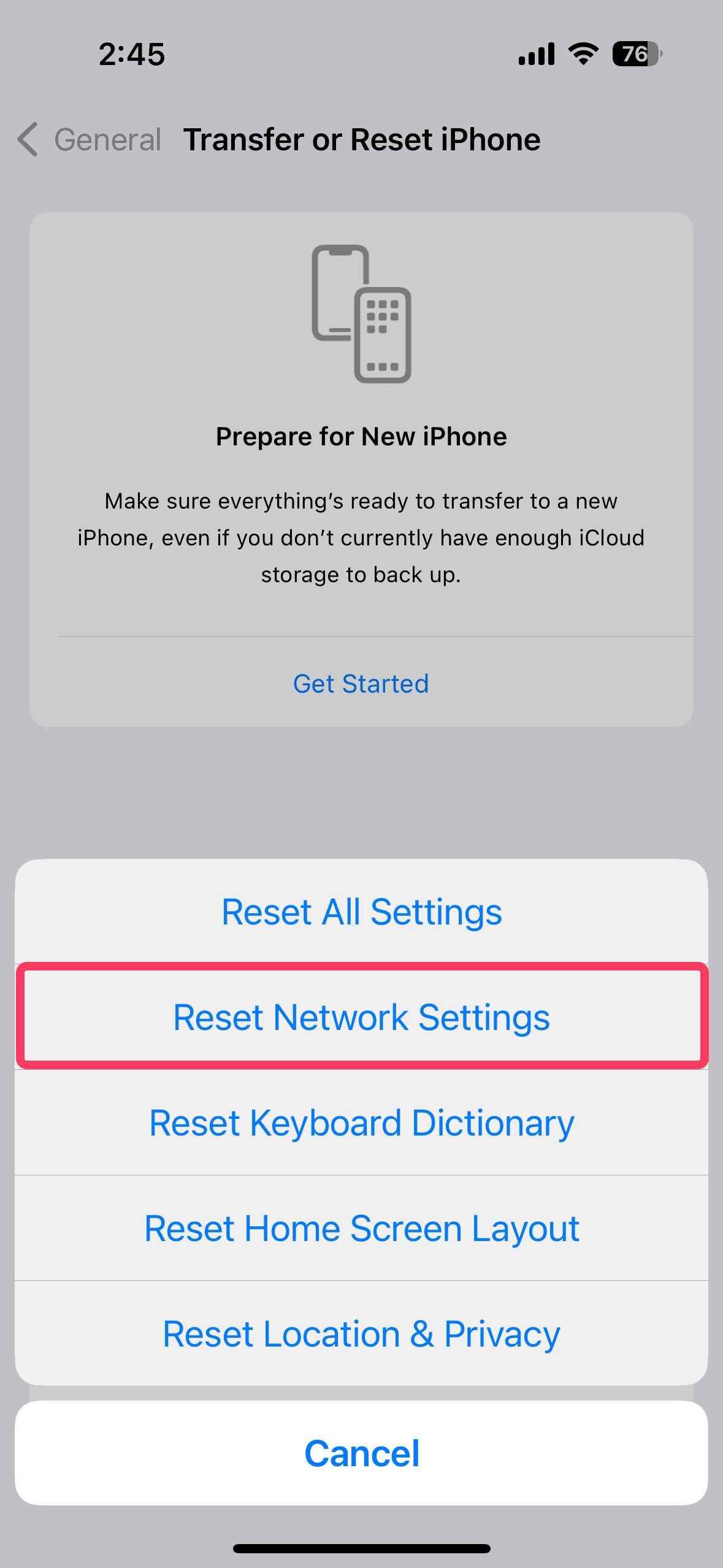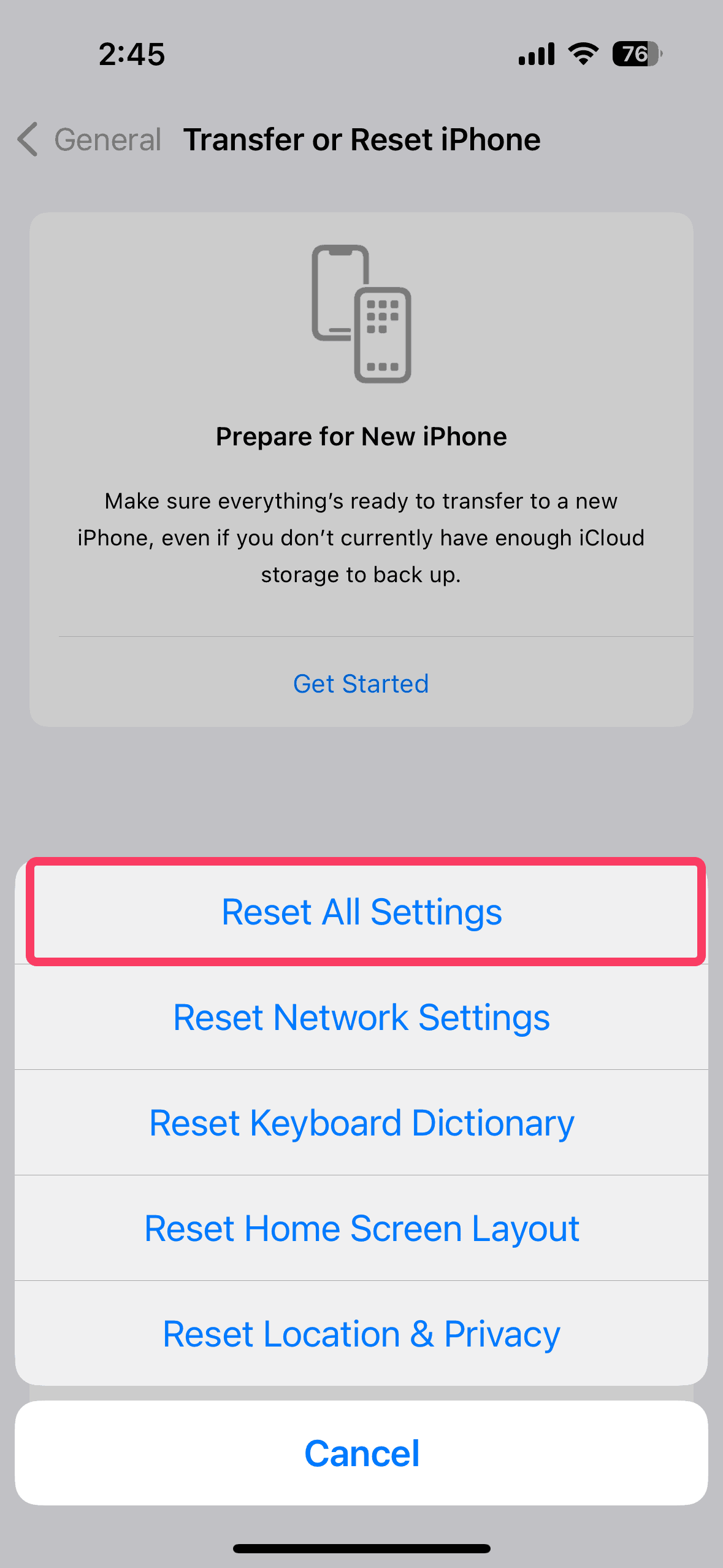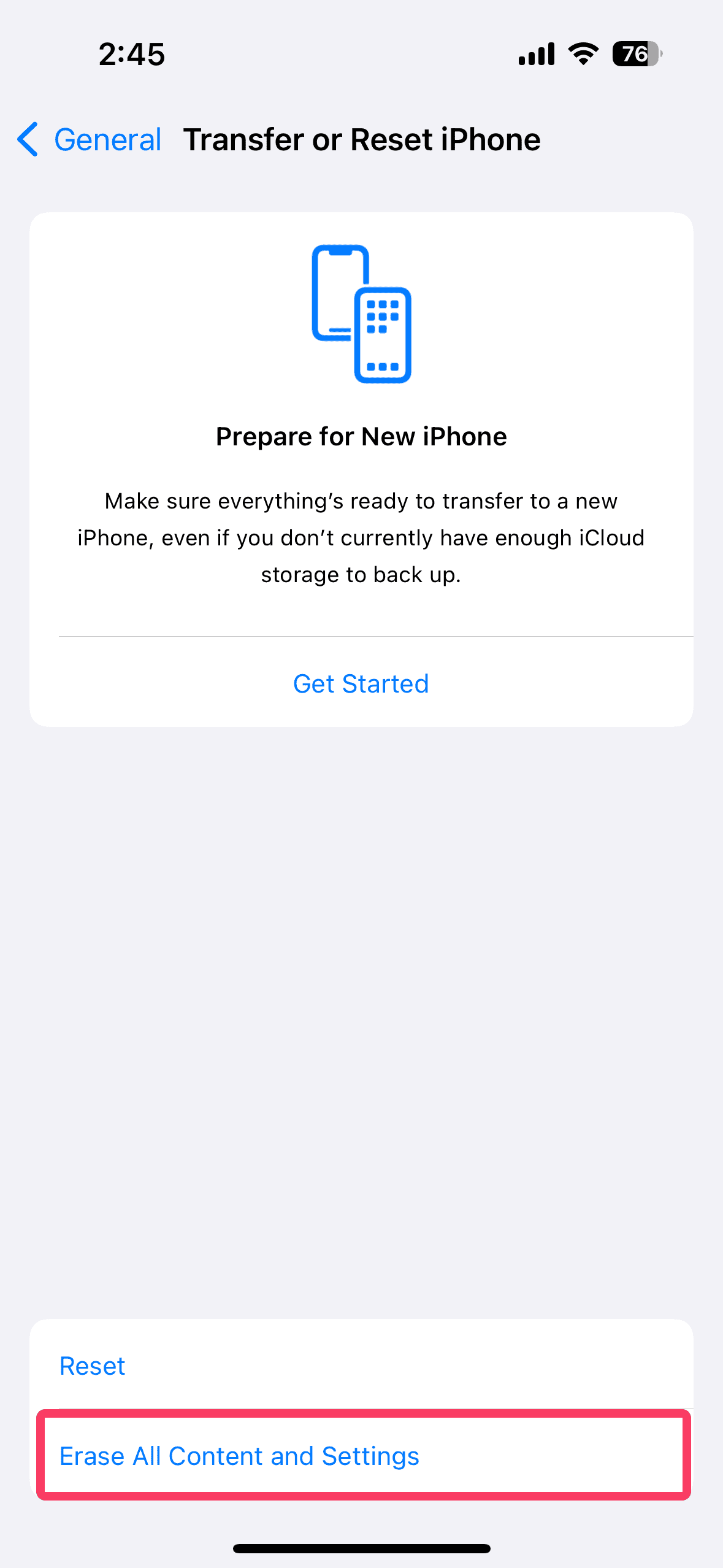Is your iPhone screen staring back at you with frustratingly grayed-out Wi-Fi and Bluetooth icons? Well, in most cases, it’s an easy fix. You may have just disabled them in your iPhone Settings. But if that’s not the case, the issue could be something else.
Many iPhone users have reported this common problem, leaving them stranded without connectivity. This can really disrupt how you use your device. You can’t browse the web, connect to headphones — or even transfer files with AirDrop. The good news is that there are several effective troubleshooting steps you can follow to overcome this bothersome problem. Let’s look at some proven solutions.
How To Fix Grayed Out Wi-Fi and Bluetooth Buttons
1. Toggle Airplane Mode
Time needed: 1 minute
Your iPhone might be in Airplane Mode without you realizing it. This can completely disable Wi-Fi and Bluetooth. Here’s how to turn off Airplane Mode:
- Swipe down from the top right corner (on iPhones with Face ID) or swipe up from the bottom (on iPhones with a Home button) to access Control Center.
- Tap the airplane icon to turn Airplane Mode off.
If Airplane Mode is already off, a handy trick is to toggle it on and off again. This step refreshes your wireless settings and can sometimes clear up minor software glitches that might be preventing Wi-Fi and Bluetooth from working properly. Here’s how to do it:
- Go to your iPhone’s Settings app.
- Turn on Airplane Mode.
- Wait a few seconds, then tap Airplane Mode again to turn it off.
2. Restart Your iPhone
A simple restart can work wonders! It’s a great first step for many iPhone issues, including Wi-Fi and Bluetooth problems.
- Press and hold the volume down button and the side button simultaneously.
- Hold both buttons for a few seconds until the Power Off slider appears on the screen.
- Slide the “slide to power off” slider to the right.
- Wait for your iPhone to shut down completely (the screen will turn black).
- After a few (10-15) seconds, restart your iPhone by holding down the side button.
- Release the side button when the Apple logo appears on the screen.
3. Disable Cellular Data
Another solution is to temporarily disable cellular data on your iPhone. Interferences between Cellular, Wi-Fi, and Bluetooth connections can cause issues that prevent these features from working correctly. So, if you disable cellular data, your iPhone will have to look for alternative ways to connect to the internet.
- Go to your iPhone’s Settings and tap Cellular.
- Toggle the switch to turn off Cellular Data.
- Wait for a few seconds and try to enable Wi-Fi and Bluetooth again.
This will act like a gentle reset for your device’s wireless connections. Once Wi-Fi and Bluetooth are working again, you can switch cellular data back on if needed.
4. Reset Network Settings
If the problem still persists, reset your network settings. This will clear out all the Wi-Fi networks and Bluetooth pairings, which may resolve the problem.
 NOTE
NOTE
- Open the Settings app on your iPhone.
- Scroll down and tap on General.
- Scroll down and tap on Transfer or Reset iPhone.
- Select Reset.
- From the options, choose Reset Network Settings.
- Once you’re done resetting, your iPhone will restart, and its network settings will be back to the defaults.
5. Reset All Settings
If resetting your network settings fails, you can reset all settings on your iPhone. This reverts various configurations to their factory defaults, which can sometimes resolve connectivity issues by eliminating misconfigurations within the system settings.
- Go to Settings > General.
- Swipe down to the bottom and tap on Transfer or Reset iPhone.
- Choose Reset.
- Select Reset All Settings.
6. Update to the Latest iOS via Finder
An outdated iOS version is famous for causing connectivity issues like Wi-Fi and Bluetooth problems. That’s why I’ll always recommend updating your iPhone to the latest version of iOS. This can resolve compatibility issues and introduce bug fixes that might address the grayed-out issue.
Here’s how to update your iPhone using Finder on a Mac:
- Connect your iPhone to your Mac using the cable.
- Open Finder on your Mac.
- Locate your iPhone under Locations in the Finder sidebar.
- Select your iPhone and click on the General tab.
- Click Check for Update to see if there’s any latest update available.
- If an update is available, click on the Download and Install button.
- Enter your passcode when prompted.
Your iPhone will download and install the update. Once the update is complete, your iPhone should restart.
7. Restore iPhone to Factory Settings
A factory reset should be your last resort. It completely wipes your iPhone clean, deleting all your data, apps, photos, music, videos, and settings. However, it can be a powerful tool if the issue persists and seems to be caused by a deep-seated software problem affecting Wi-Fi and Bluetooth connectivity.
 NOTE
NOTE
- Open the Settings on your iPhone.
- Scroll down and tap on General.
- Swipe down and tap on Transfer or Reset iPhone.
- Choose Erase All Content and Settings.
8. Get Support from Apple
If you’ve tried all the troubleshooting steps in this guide and your Wi-Fi and Bluetooth icons remain grayed out, contacting Apple Support is the last option.
While it’s less common, there’s a major chance the issue might be hardware-related. You can get in touch with the Apple team via their website or by phone. Additionally, you can schedule an appointment at your nearest Apple Store for a face-to-face diagnosis. Their experts will provide you with more advanced solutions to fix the grayed out Wi-Fi and Bluetooth buttons on your iPhone. But if Wi-Fi starts malfunctioning too, you can continue troubleshooting a bit before calling for repairs.
